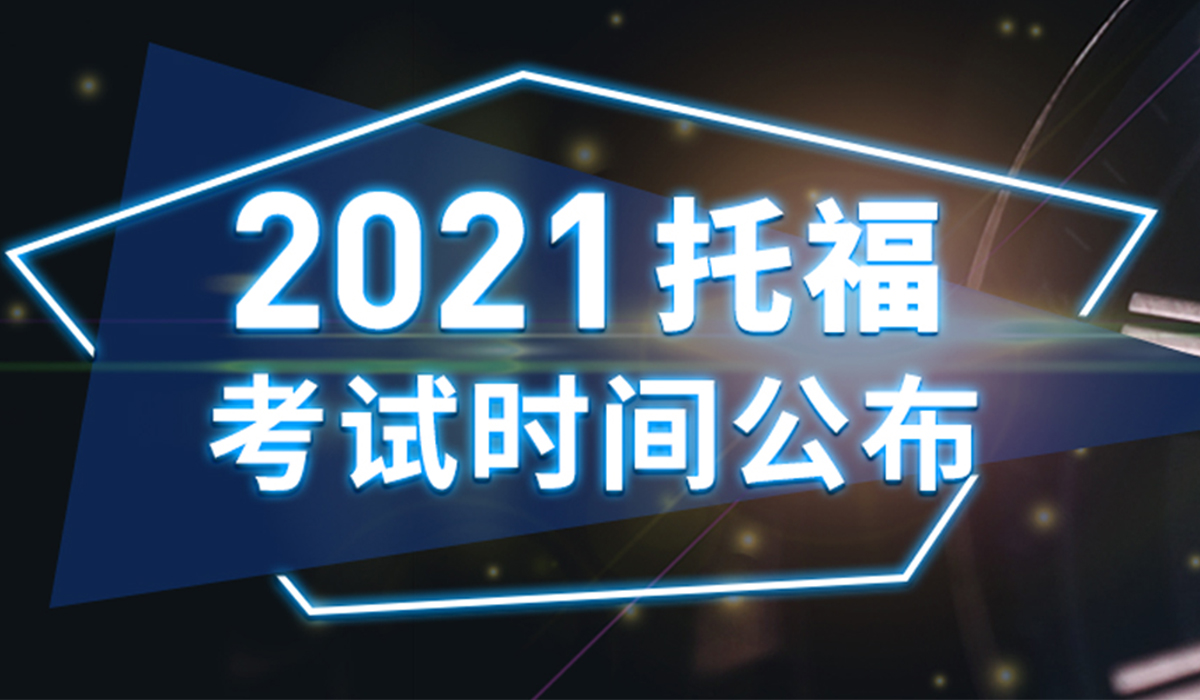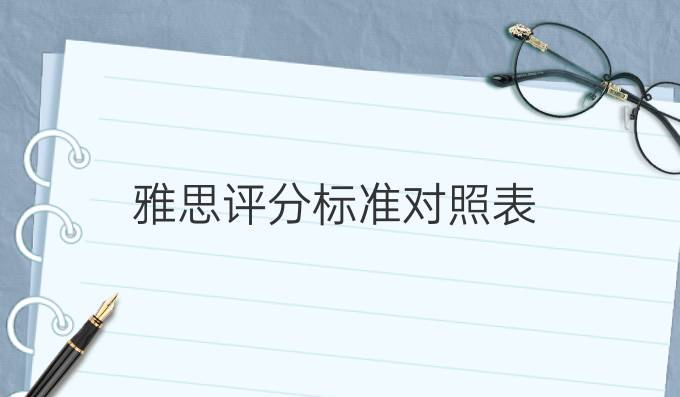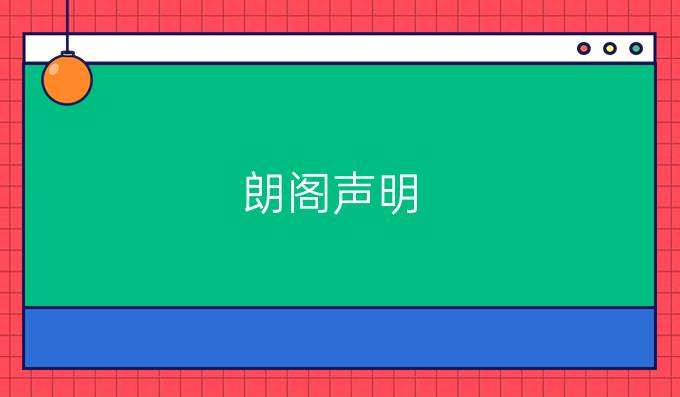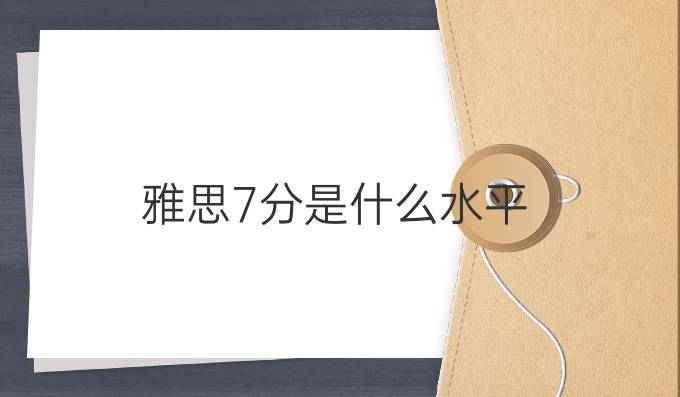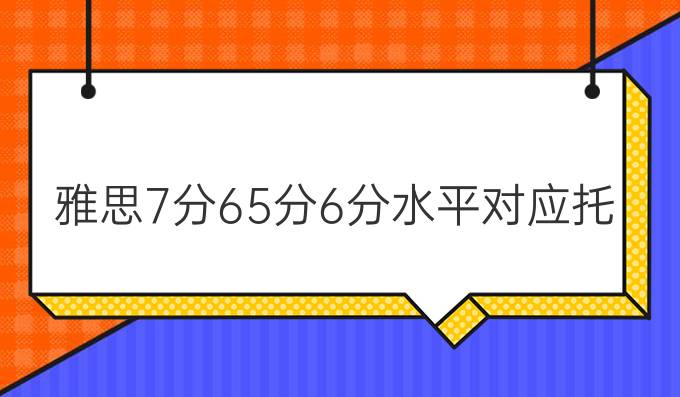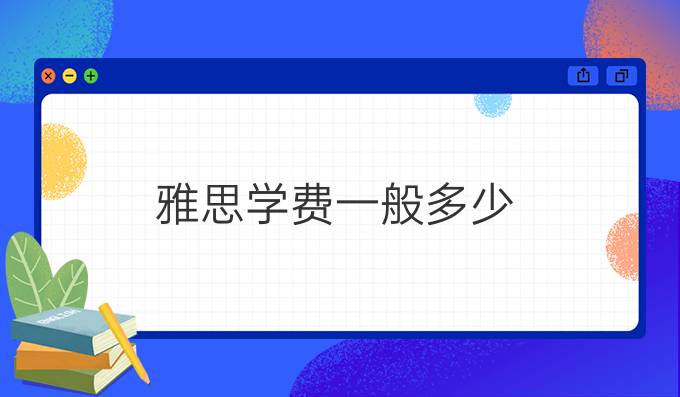常常听到学生说在做听力的时候很紧张,总是会miss掉细节,听的时候格外小心,可是做题的时候依然发现有些细节点自己是没有听到的。常常遇到这样的情况,明明已经非常地小心了,还是会错过,一错过做题就慌,慌张的结果就是,不得不重新再去自虐一次。遇到这类情况怎么办?有没有什么好的方法可以有效地处理这类致命的问题?朗阁托福培训中心的老师探讨结果如下文。
常常听到学生说在做听力的时候很紧张,总是会miss掉细节,听的时候格外小心,可是做题的时候依然发现有些细节点自己是没有听到的。常常遇到这样的情况,明明已经非常地小心了,还是会错过,一错过做题就慌,慌张的结果就是,不得不重新再去自虐一次。遇到这类情况怎么办?有没有什么好的方法可以有效地处理这类致命的问题?朗阁托福培训中心的探讨结果如下文。
要想玩转IBT的细节,首先要明白ETS本身对细节的定义是什么。
细节题要求考生听懂并记住讲座或对话中明晰的细节或事实。通常这些细节通过为文章*解释、例子或其他支持内容与文章主旨联系起来,其联系可能是直接的也可能是间接的。在有些情况下,听力材料中出现了一些与主题不甚相关的内容,可能会考查此部分的细节。
我们可以得出以下的结论:
1. 考查明晰的细节,过分的细节是不会考的。
2. 细节出现的形式分为:事实、解释、例子、支持内容与文章主旨联系和与主题不甚相关的内容。
我们一个一个来细看。
Facts
指材料中陈述事实的部分,相当于examples。
Explanations
多指专业名词有解释、有定义的地方,其中的keyword就以mean、be动词表示定义,有called、有refer to的地方。
例(TPO10 LECTURE2)The Nightshade family is a category of plants which also includes many that you wouldn’t want to eat.
与主题不相关的地方
多出现有学生插话,比如,I’m sorry, professor, did you just say ……,或老师插话,比如oops, let me back up a bit, before I go on ……
例(TPO10 LECTURE2)
Student: I’m sorry Professor Jones. But I mean yeah ok. American crops have probably contributed a lot to European cooking over the years. But…
Professor: But have they really played any kind of important role in European history?
我们可以很好地通过语气语调来把握。而且这类地方都以回听题为主。这些都是我们平时处理得不错的地方。
支持内容与文章主旨联系,这个是什么?
我们先看个例子TPO10 LECTURE2:
13 What does the professor imply about certain plants in the nightshade family?
AThey grow best in Mediterranean climates.
BTheir leaves are high in nutritional value.
CThey were mistakenly believed to be related to potatoes.
DThey are dangerous when eaten by human beings.
(Bingo!主要考察细节中的explanation的专有名词)
14 What does the professor imply about Thomas Jefferson''s attitude toward tomatoes?
AIt was typical of his unconventional way of thinking.
BIt helped to advance his political career.
CIt changed the eating habits of North Americans.
DIt helped to make tomatoes popular in Europe.
(学生提问的地方,答案是老师的回答)
15 According to the professor, what was the long effect of the introduction of American corn and potatoes to Europe?
AIt had a negative effect on the nutritional intake of people living near the Mediterranean Sea.
BIt contributed to a shift in the balance of power from southern Europe to northern Europe.
CIt encouraged the development of new types of cuisine in southern Europe.
DIt led to the failure of many native European grain crops.
(不是facts,不是examples,不是irrelevant contents,更不属于解释,那么它应该属于支持内容与文章主旨联系。答案在lecture的*后教授所提到的Potatoes soon spread to France and other Northern European countries. And as a result, the nutrition of the general population improved tremendously and population soared in the early 1800 and so the shift of power from southern to northern Europe continued.)
16 According to the professor, what is one of the reasons why potatoes became popular in Ireland?
APotatoes were more nourishing than native Irish food crops.
BPotatoes grew better at higher altitudes than native Irish crops.
CPolitical leaders in Ireland encouraged the cultivation of potatoes.
DPeople in Ireland were not aware that potatoes are members of the nightshade family.
(又是一个例外,应该属于支持内容与文章主旨联系。而且这里完全可以出成双选题Well, why do you suppose it happen? Because 1 potatoes have the ability to provide abundant and extremely nutritious food crop, no other crop grew in North Europe at the time had anything like the number of vitamins contained in potatoes. 2 Plus, potatoes grow on the single acre of land could feed many more people than say, wheat grow on the same land. 一个问题两个原因,构成并列关系即构成双选题。)
17. Listen again to part of the lecture. Then answer the question.
What can be inferred about the professor when she says this:
AShe expects the student to provide an answer to her question.
BShe is surprised by the student''s question.
CShe thinks that she knows what the student was going to ask.
DShe expects other students in the class to express their opinions.
(学生有疑惑,语气不一样的地方,此题不意外,而且完全能猜到题)
那么支持内容就应该包括:
例子15,段尾通常表示评论&总结&推断下一课的内容,评论&总结可以有态度题,可以帮助主旨排除法,推断常在conversation的*后一题。
例16,一问一答,有提问有回答的地方。问题一定要听清楚,问题通常是下面那段话的Topic Sentence,同时需要注意的是回答的内容很容易出成一道题,若回答中存在并列关系可能会有多选题。
我们做一个简单的小结,以前听的时候我们过分关注了有解释有例子的地方,其实听力中的细节点应该包括以下几点:topic sentence + explanation(专有名词) + examples + student/professor question + the answers + conclusions以及insertion(语气不一样的地方)。
搞清楚细节真正包含的范围,lecture的题目会变得更好做,更轻松!
分享到:


